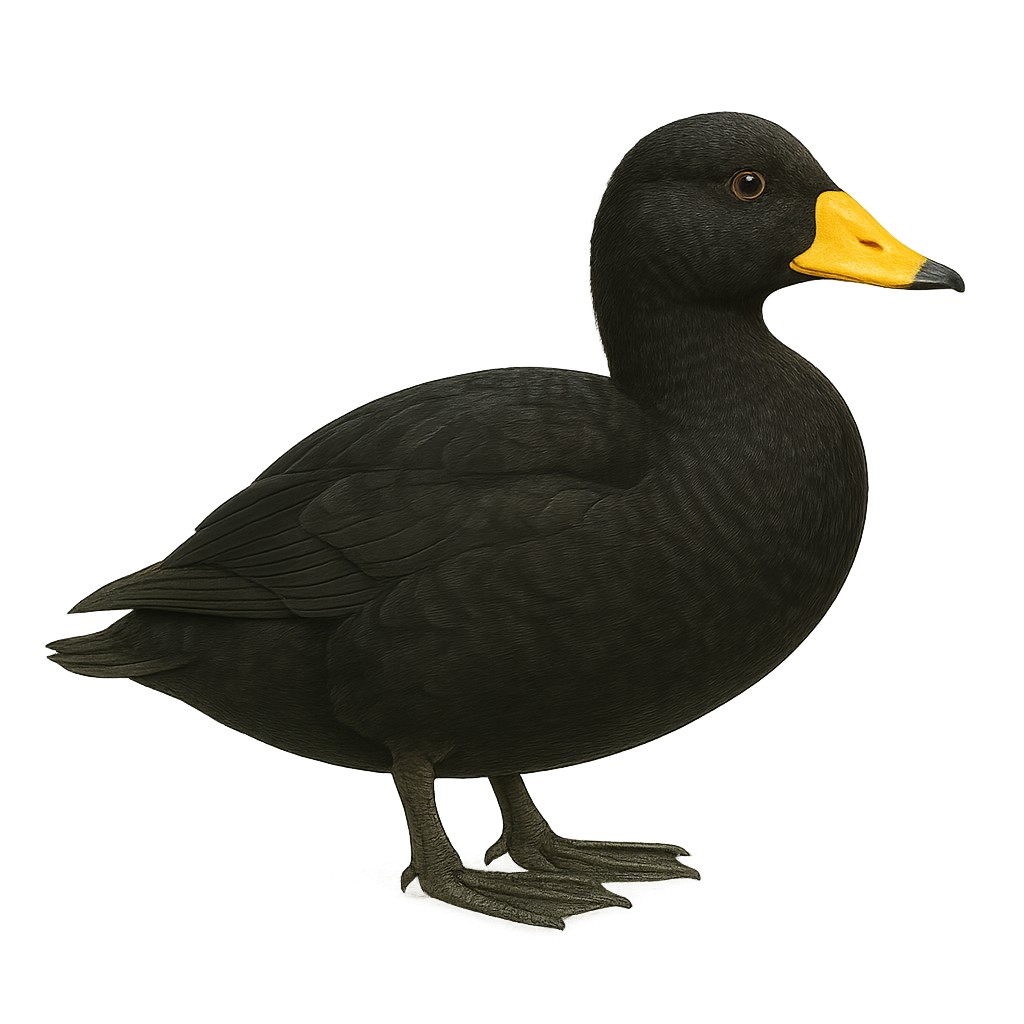Your wildlife photography guide.
Explore the black scoter in detail, study its behavior, prepare your shots.
Where to observe and photograph the black scoter in the wild
Learn where and when to spot the black scoter in the wild, how to identify the species based on distinctive features, and what natural environments it inhabits. The WildlifePhotographer app offers tailored photography tips that reflect the black scoter’s behavior, helping you capture better wildlife images. Explore the full species profile for key information including description, habitat, active periods, and approach techniques.
Black Scoter
Scientific name: Melanitta americana

IUCN Status: Least Concern
Family: ANATIDAE
Group: Birds
Sensitivity to human approach: Suspicious
Minimum approach distance: 10 m
Courtship display: May to June
Incubation: 26-28 jours
Hatchings: June to July
Habitat:
Coasts, estuaries, Arctic lakes
Activity period :
Primarily active during the day, with peak activity in the morning and late afternoon.
Identification and description:
The Black Scoter, Melanitta americana, is a robust and elegant sea duck, recognizable by its black plumage in males and brown in females. The male features a bright orange bill with a distinctive black knob at the base, while the female has a duller plumage with shades of brown and gray. These birds are primarily found along the North American coasts, where they feed on mollusks, crustaceans, and small fish. They are often seen in large groups, floating on the water or diving for food. Their breeding habitat is in the Arctic and subarctic regions, where they nest near lakes and rivers.
Recommended lens:
400mm – adjust based on distance, desired framing (portrait or habitat), and approach conditions.
Photography tips:
To photograph the Black Scoter, opt for mornings or late afternoons when the light is soft. Use a telephoto lens of at least 400mm to capture details without disturbing the bird. Be patient and wait for the bird to approach the shore or settle on the water. Calm sea days offer great opportunities to capture reflections on the water. Remember to check the weather to avoid windy days that can make photography challenging.
The WildlifePhotographer App is coming soon!
Be the first to explore the best nature spots, track rutting seasons, log your observations, and observe more wildlife.
Already 1 430 wildlife lovers subscribed worldwide

